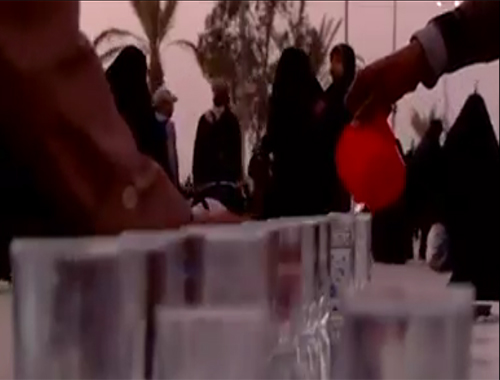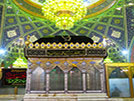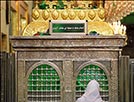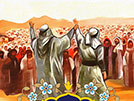4. The Usage of ZakÄt Fund
- Details
- Hits: 1952
4. The Usage of ZakÄt Fund
The revenue generated from the zakÄt tax is to be used for the following persons and projects:
The Poor: a person who does not earn enough to cover a year's expenses for himself and his family.
The Needy: a poor person who is so desperate that he begs for his needs.
Those in debt: A person who is in debt and does not have the ability to pay it off can be helped from the zakÄt fund for the paying of the debt.
In the way of Allah: A project which can be classified as “fi sabÄ«li ’l-lÄh — in the way of Allah” can also be financed by the zakÄt fund. This includes construction of roads, bridges, hospitals, shelters for the poor, mosques, religious schools, religious publications and other projects which contribute to the betterment of the society in general.
The Way-farer: A traveller who has run out of money and, therefore, cannot return to his home, can be helped by the zakÄt fund.
Those poor non-Muslims whose hearts are inclined towards Islam and/or Muslims. Islam allowes the use the zakÄt to win the goodwill of the financially weak non-Muslims in whom one finds an inclination towards the religion of Islam or towards the Muslim people.
The ZakÄt-Collectors: The wages of those who work in the revenue department of an Islamic government to collect zakÄt comes out of the zakÄt revenue itself.
The slaves: Islam allowes the usage of zakÄt to buy slaves in order to emancipate them in the way of Allah.
This list is based on the following verse of the Qur'Än: “The alms (zakÄt) are only for the poor, the needy, those who work (to collect) them, those (unbelievers) whose hearts are inclined (towards the truth), the slaves, the debtors, in the way of Allah, and the traveller. So does Allah ordain. Allah is Knowing, Wise.” (9:60)
* * *
This lesson has been written by Sayyid M. Rizvi











